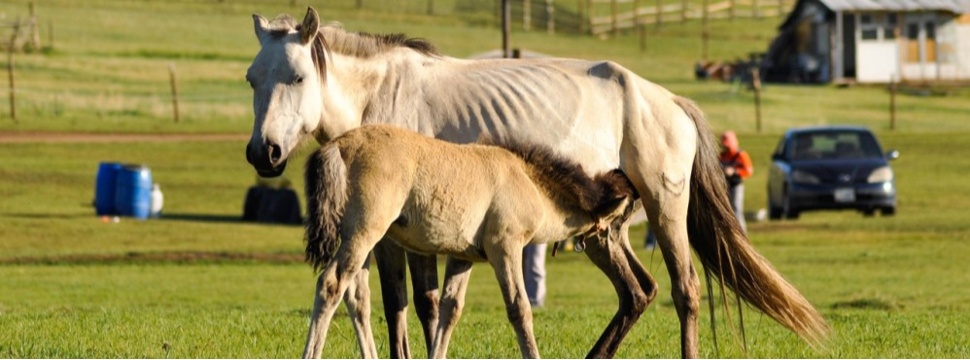Kumys: The fermented mare's milk drink from Central Asia
News News blog
Kumys, also called Kumiss or Airag, is a traditional drink made from fermented mare's milk that is widely consumed in Central Asia. In Mongolia, it is even considered the national drink and was added to the UNESCO list of intangible cultural heritage in 2019.

Production and Taste
Kumys is produced by fermenting fresh mare's milk with lactic acid bacteria such as Lactobacillus delbrueckii and yeasts of the genus Torula. Traditionally, this is done in a leather bag or wooden barrel. After one to two days of fermentation, the result is a milky-white, slightly sparkling drink with a sour, refreshing taste and an alcohol content between 1-3%.
Ingredients and Health Aspects
In addition to alcohol, Kumys also contains lactic acid, carbonic acid, fat, protein, lactose and minerals. Due to its high nutrient content, it served as an important source of vitamins and minerals for nomadic peoples. In the 19th century, Kumys was even used in sanatoriums to treat tuberculosis and anemia. However, in larger quantities it also has a slightly laxative effect.
Cultural Significance
For the Central Asian steppe peoples, Kumys is an integral part of everyday culture and diet. It is drunk fresh or in various stages of fermentation. From longer fermented Kumys with higher alcohol content, even a schnapps called Arkhi can be produced by distillation. The Mongols call their national drink Airag, and the associated production techniques and customs have been recognized by UNESCO as cultural heritage worthy of protection.
Industrial Production
Kumys can also be produced on an industrial scale. For this purpose, the mare's milk is mixed with special starter cultures of lactic acid bacteria and yeasts and fermented at controlled temperatures, similar to yogurt. Kumys produced in this way has a longer shelf life than the traditional product but has similar taste and health properties.
Conclusion: Kumys is a nutrient-rich drink with a long tradition
Kumys is a nutrient-rich drink with a long tradition that continues to shape the culture of the Central Asian steppe peoples to this day. Its production requires experience and the right interplay of lactic acid fermentation and alcoholic fermentation. In Mongolia, it is considered the national drink, and UNESCO honors it as an intangible cultural heritage of humanity.










